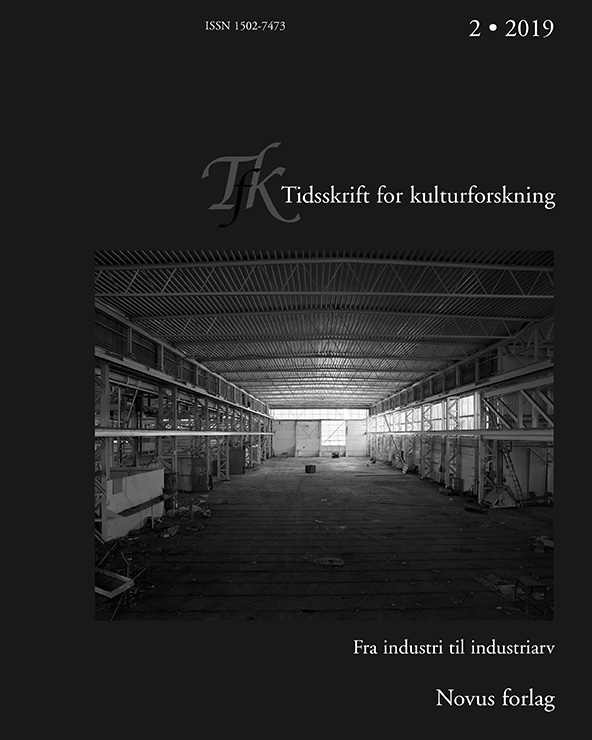Sammendrag
Kiruna, a mining town in northernmost Sweden, is being relocated so the mining company LKAB can continue mining the iron ore deposits that extends underneath the settlement. Kiruna is also a designated heritage site since the 1980s, with a large number of protected buildings. This article investigates how political decisions and negotiations between LKAB and the authorities affects heritagisation processes during the urban transformation. The analysis is based on planning documents, media reporting, and observations. Results show there is a strong authorised heritage discourse in Kiruna, which is reaffirmed through the urban transformation, in which some historic buildings - mainly representing the mining company's history - are highlighted as significant and will be moved. Simultaneously, other parts of the built heritage are being dismissed and eventually demolished.
Forfattere beholder opphavsretten og gir tidsskriftet rett til første publisering av arbeidet. En Creative Commons-lisens (CC BY-SA 4.0) gir samtidig andre rett til å dele arbeidet med henvisning til arbeidets forfatter og at det først ble publisert i dette tidsskriftet.

